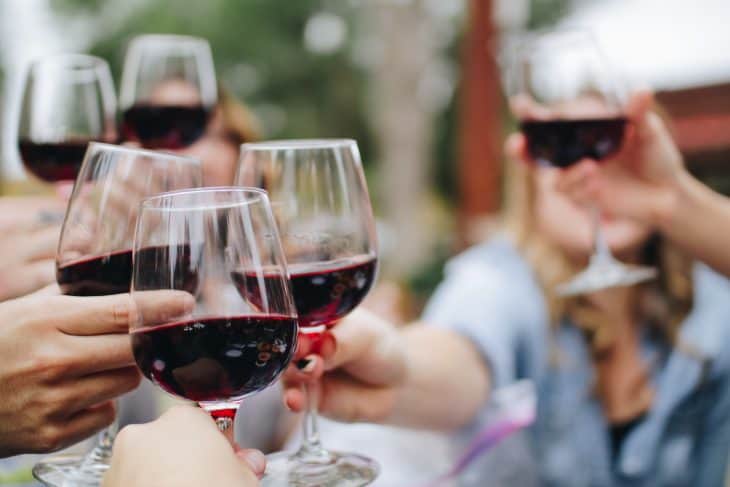
Wine is used as an alternative for many reasons. Mostly, it is used by many to improve and complement the many flavors a meal can offer. Apart from its rich flavors, wine has also been found to give many health benefits. Here are 110 wine facts that may just surprise you!
- The oldest dated winery was from the 4100 BC.
- The bible has mentioned overconsumption of wine multiple times.
- There is a Greek God of wine called Dionysus.
- Wine can be made with more than one variety of grapes.
- Champagne bottles are made from thicker glass to resist the pressure from carbonation.
- Poor weather conditions caused a major drop in global wine production in 2017.
- The Phonecians were responsible for introducing wine to the ancient Greeks that inspired the Romans to become wine fanatics.
- Thomas Jefferson once brought back vine cuttings from France and caused a wine boom in California.
- Sparkling white wine can be made anywhere.
- 1,300 varieties of grapes are used to make and produce wine.
- Variants of the Vitis Vinifera species are used for the majority of winemaking.
- The floral smell that many wines have been caused by the damascenone found in grapes.
- The color of the wine is determined by the contact the grape juice has with the grape skins.
- In one case of wine, there are normally 12 bottles.
- Filling a wine glass with wine for a third of the way allows the aroma to develop in the remaining space.
- Wine was a serious matter for the ancient Greeks and Romans.
- Wine bottles that are labeled “blend” are grape juices fermented separately and then combined.
- Sparkling white wine only grown and bottled in France can be called champagne.
- Only blue and purple-skinned grapes are capable of producing red wine.
- European wines often feature the location of their production on their labels.
Wine Facts Infographics
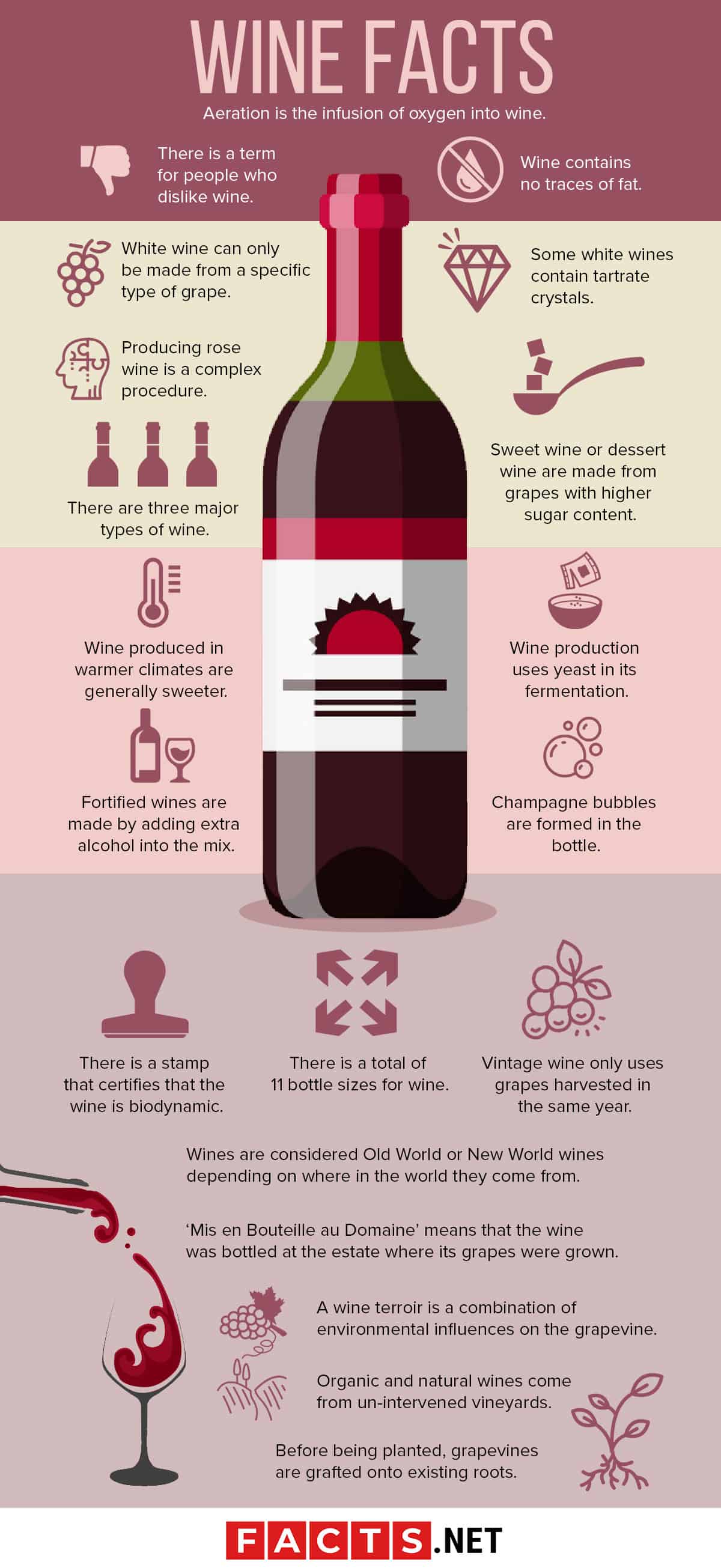
Aeration is the infusion of oxygen into wine.
This allows the wine to develop and balance its elements. By allowing the wine to breathe, the wine reacts to the gases found in the air and changes its flavor.
There is a term for people who dislike wine.
The psychological condition of people who dislike, or even hate, wine is known as oenophobia. It is also known as enophobia or oinophobia.
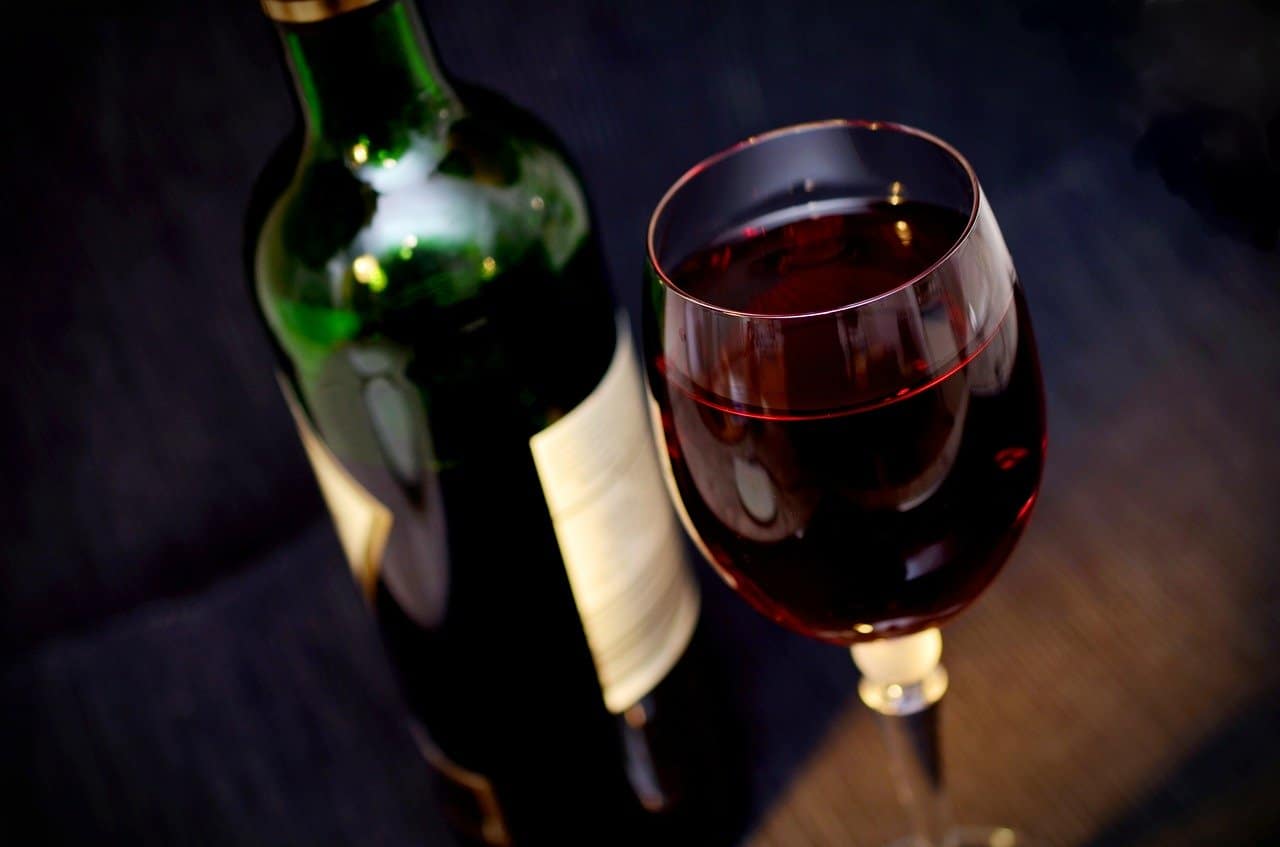
Wine contains no traces of fat.
Wine is also cholesterol-free which makes for a wonderful guilt-free drink.
There are three major types of wine.
The three types of wine are red wine, white wine, and rose wine. There are also less popular varieties of wine that include a variety of orange and blue wines.
White wine can only be made from a specific type of grape.
This wine is produced from grapes that have a darker color. However, white wine can only be produced when the juice is separated from the skin.
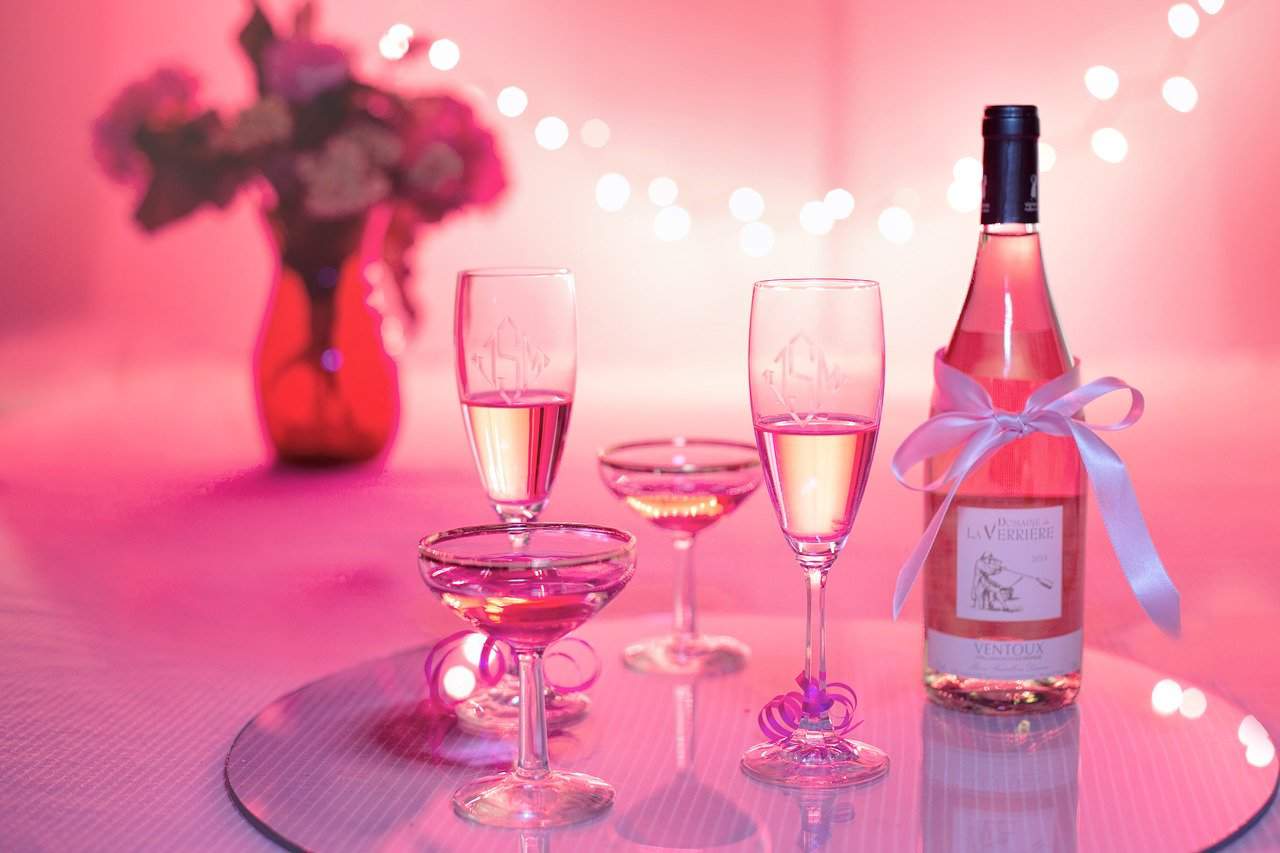
Producing rose wine is a complex procedure.
This wine is often crafted using the skin contact method, where the juice of black grapes has limited contact with the skins.
Sweet wine or dessert wine are made from grapes with higher sugar content.
This means that the vines are allowed to contract and develop a fungal infection. This is referred to as the Noble Rot.
Some white wines contain tartrate crystals.
This is a non-harmful diamond-like sediment that is formed when the wine has been stored in the cold.
Fortified wines are made by adding extra alcohol into the mix.
The alcohol is added during different stages within the production process. Some varieties of fortified wines are port wine, sherry, and vermouth.
Wine produced in warmer climates are generally sweeter.
This is because grapes produce sugar as they ripen. These wines are also stronger than those that are produced in the colder regions of the world.
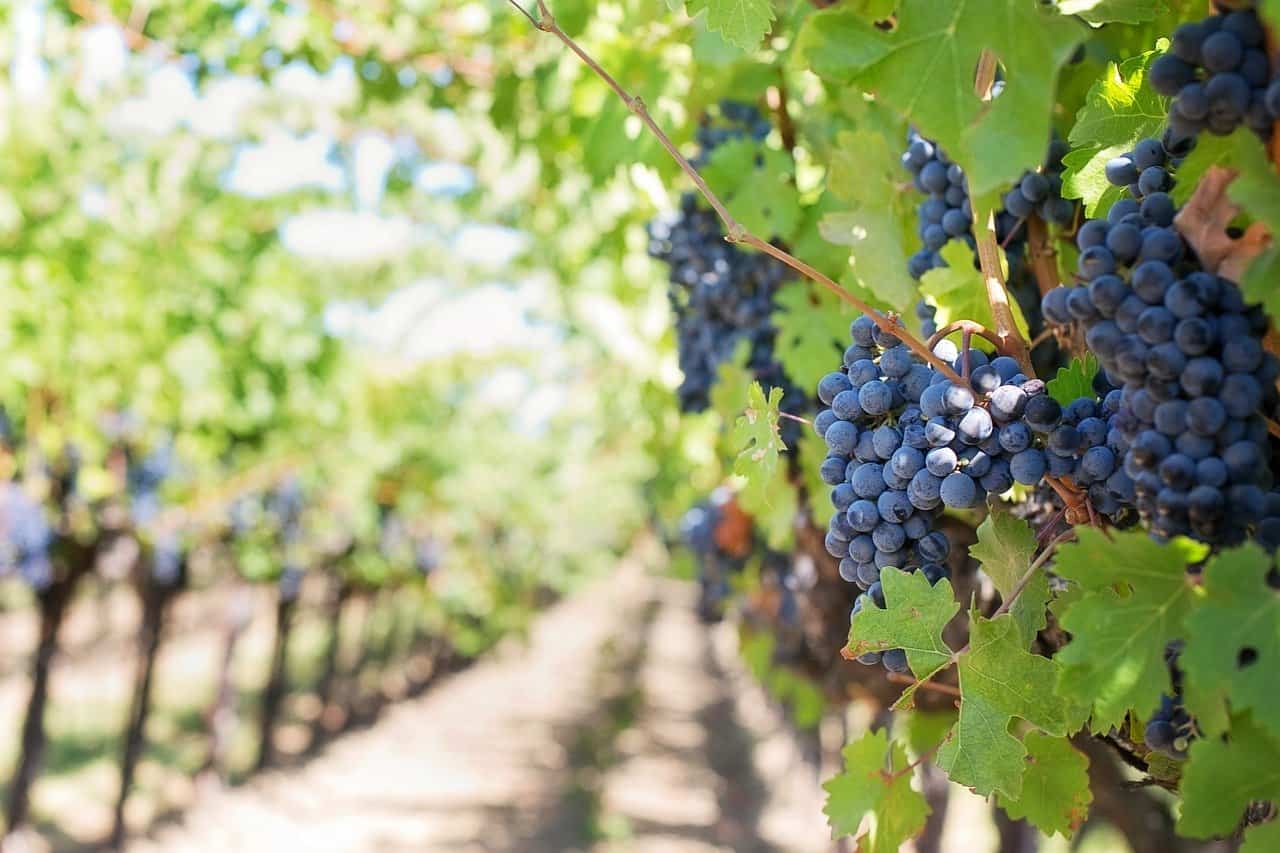
Wines are considered Old World or New World wines depending on where in the world they come from.
Wine that comes from western Europe and the Middle East are referred to as Old Wine. On the other hand, New World wines come from America, Australia, Asia, and Africa.
A wine terroir is a combination of environmental influences on the grapevine.
This includes the type of soil used and as well as the location and climate of the wine grapes.
Wine production uses yeast in its fermentation.
This is referred to as saccharomyces cerevisiae, or more commonly known as baker’s yeast.
There is a stamp that certifies that the wine is biodynamic.
This stamp is marked with the phrase Demeter on the back of the wine bottle.
Vintage wine only uses grapes harvested in the same year.
On the other hand, non-vintage wines are blends of grapes from two or more years.
There is a total of 11 bottle sizes for wine.
This ranges from the 187.5 milliliters Split to the Nebuchadnezzar of 15 liters.
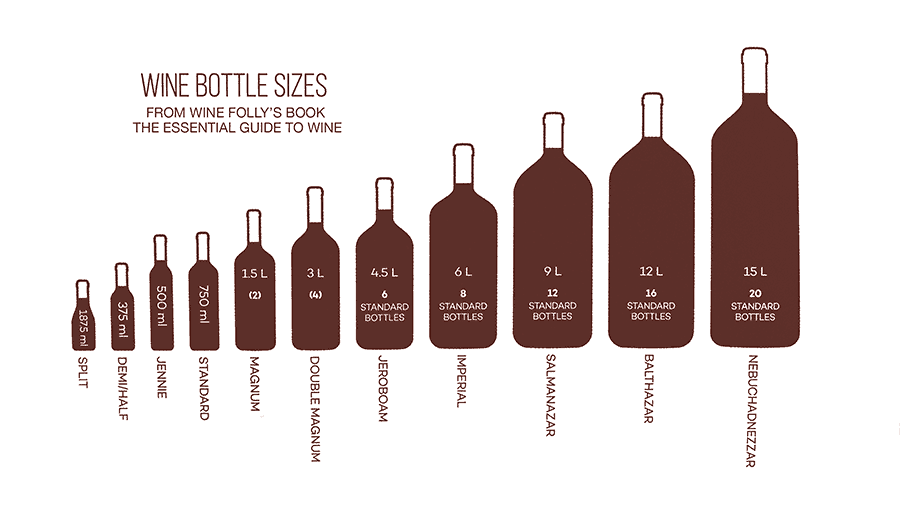
Champagne bubbles are formed in the bottle.
This is mostly due to the carbon dioxide that dissolves during the second fermentation process in the bottle. Here’s a fun fact! You can find 1 million bubbles in an average glass of champagne!
‘Mis en Bouteille au Domaine’ means that the wine was bottled at the estate where its grapes were grown.
Many wine connoisseurs argue that this process preserves its freshness and fruitiness.
Organic and natural wines come from un-intervened vineyards.
The winemakers that produce these wine avoid using herbicides and pesticides in their vineyards.
Before being planted, grapevines are grafted onto existing roots.
This is done so to prevent pests and protect them.
Two standard bottles of wine is equivalent to a magnum bottle.
Many believe that this bottle is the optimal size for aging because of the reduced space there is for oxygen.
The most commonly planted grape variety is the Cabernet Sauvignon.
Following closely is the Merlot, followed by Airen, Tempranillo, and Chardonnay.
Cabernet Sauvignon is responsible for some famous red wines in the world.
This has a spicy and musky taste.
Chardonnay is widely produced in any vineyard.
This results in its varying flavors that range from strong to chalky, and even buttery.
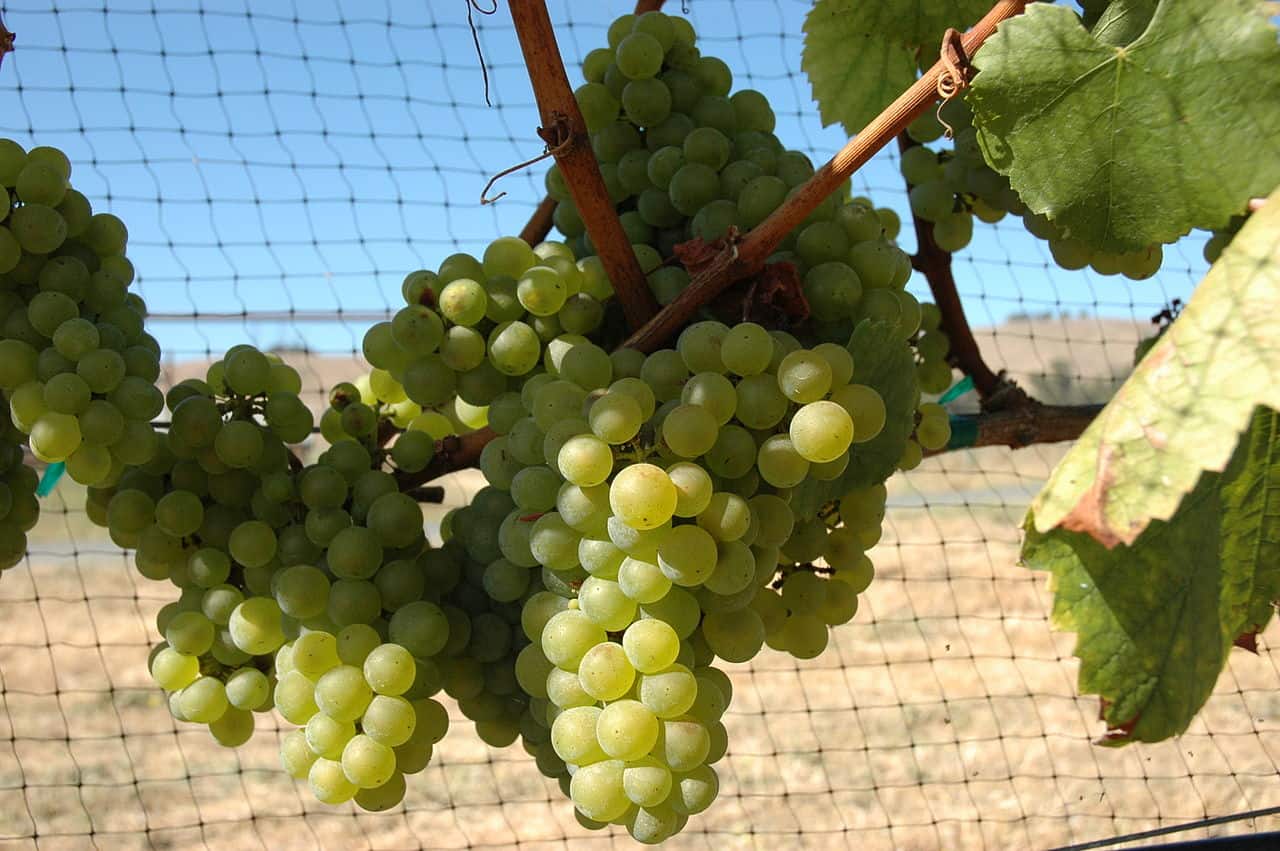
White wines are served at a temperature between 5°C and 12°C as a general rule.
Red wines, on the other hand, should be served between the temperatures of 10°C and 18°C.
New Zealand’s wine industry depends on Sauvignon Blanc.
This wine is known for its zesty and grassy flavor that easily makes it one of the most popular varieties of white wine in the world.
A 750 ml bottle of wine contains about 6 glasses worth of wine.
This could also be worth 12 small glasses of wine for tastings.
Syrah is famous for its rich, and sometimes chocolatey flavor.
Also known as Shiraz, this is considered as Australia’s most important wine grape.
Most wines are not vegetarian or vegan-friendly.
Many wines include a fining agent such as eggs to soften astringency from tannins and remove other sediments.
Swirling a glass of wine aerates it.
This helps the wine release its aromas as it increases contact with the air, creating small bubbles in the wine.

Riesling is becoming more and more popular for its versatility and aging ability.
This white grape is grown in Germany and the French regions of Alsace.
Tannins give red wine its bitter and astringent feel when consumed.
This is transferred into the grape juice when it attains contact with the skins and seeds during the early winemaking process.
Younger red wines usually contain more tannins.
As the wine ages, it also turns lighter in color.
During the winemaking process, malolactic fermentation occurs.
This converts sharp malic acid into a softer and more palatable lactic acid.
Wine glasses are specifically made into tulip-like shapes.
These glasses curve inwards so that the aroma of the wine cannot escape.
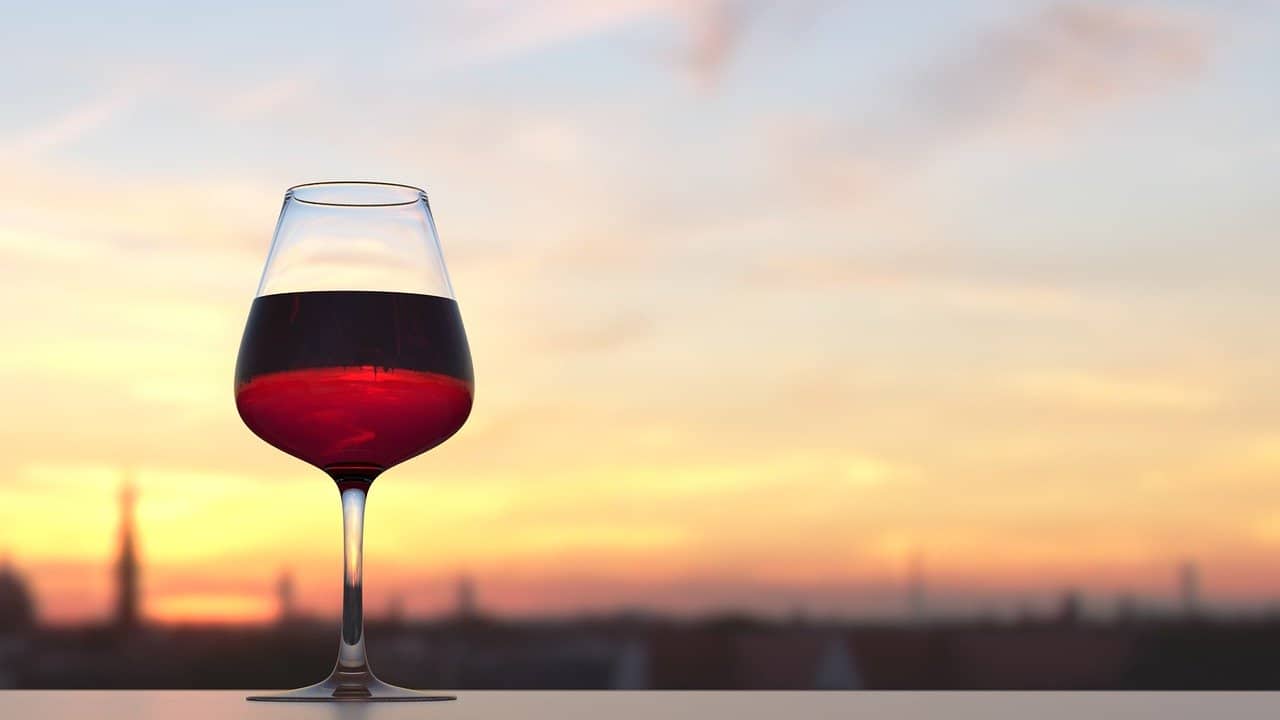
Pinot Noir is also known as the classic grape of red Burgundy.
This makes wines that come with a strong berry flavor.
There is a specific and acceptable wine tasting process.
You must begin by looking at the color and examining it, followed by smell and taste.
Decanting red wine mimics the aging process.
This process allows the oxygen to flood into the liquid and further develop its flavor.
There are four elements in wine tasting you should look for.
These are sweetness, acidity, alcohol content, and tannins of the wine.
There is a way to chill wine faster.
If you add water to an ice bucket, it increases the surface area contact between the bottle and the cold temperature.
There is a way to elevate a wine’s flavor.
Match the characteristics of the wine to dominant flavors with a meal to balance each element.
Oak imparts a buttery vanilla flavor to wine.
This is done when a wine is aged in a barrel.
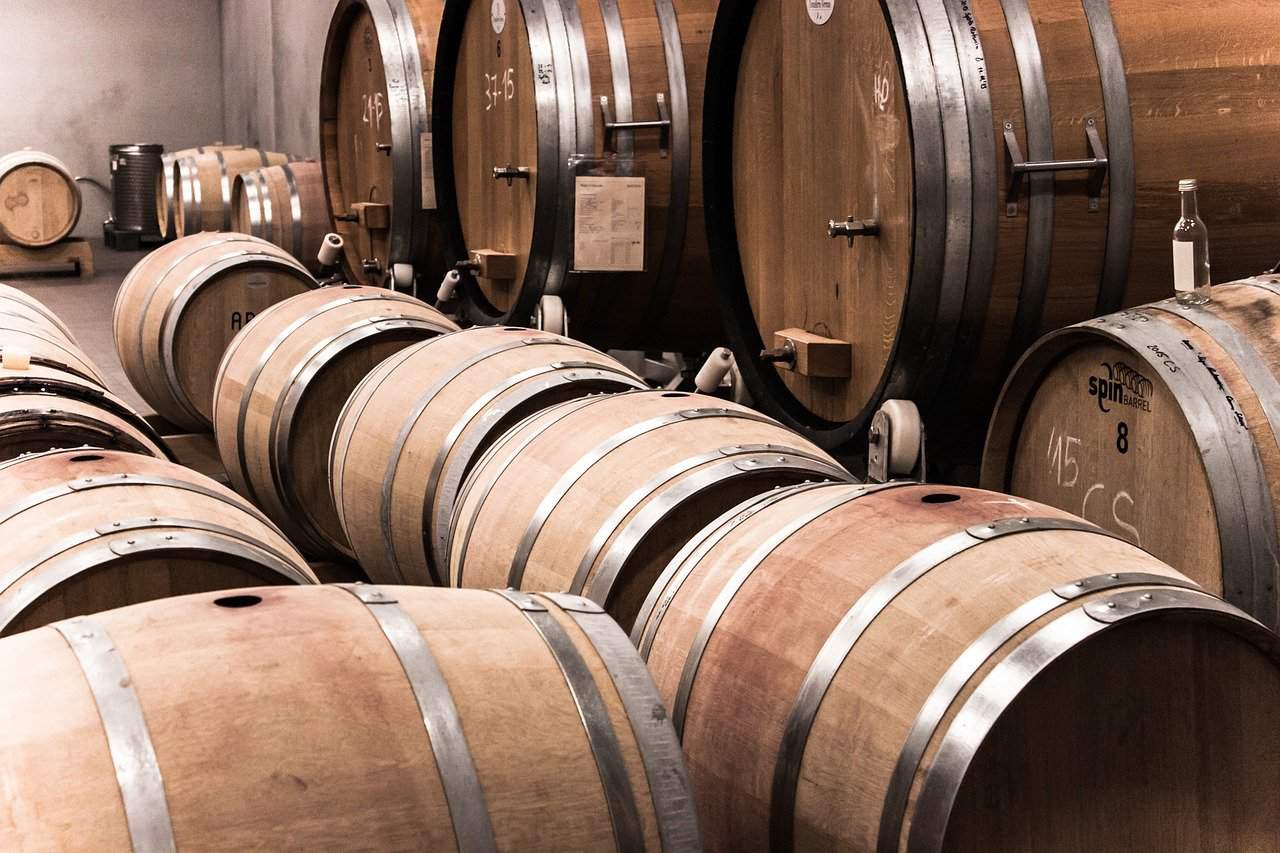
Swishing wine inside your mouth allows all your taste buds to detect its flavor.
Sweetness is detected at the tip of the tongue and bitterness at the back. Sour tastes are detected on the sides of your tongue.
Majority of wine is not meant to be aged.
Only around 10% of wine benefit from aging. Most wines should be enjoyed within 5 years.
Horizontal storage is best for wine bottles.
This allows the cork to keep damp and prevents excess air from entering the bottle.
It is best to store wine away from heat.
Keeping it away from direct sunlight will keep it preserves and hold its freshness longer.
Chaptalization is the practice of adding sugar to alcohol.
This is done to increase the impact of alcohol.
A glass of red wine after dinner every night can reduce the risk of heart disease.
This is due to the tannins found in red wine which can manage healthy cholesterol levels.
Most wines make use of a cork to seal the bottle.
Approximately, 69% of wine bottles are sealed by cork rather than screw caps.

Screw caps on wine bottles were popularized in Australia and New Zealand.
This was mostly due to them being unsatisfied with the wine corks they were given.
The Romans once used lead to mix with their wine.
This was used as a sweetener which theoretically credited lead poisoning for the fall of the Roman Empire.
Biodynamic winemakers are more notable for their peculiar practices.
These practices include planning harvests around the planetary movement and burying cow horns that are filled with manure for fertilizer use.
In 2016, white wine outsold red wine in the United Kingdom.
The UK is a key market for the global wine trade, more particularly in terms of sales value.
Most wine corks originate from one of Portugal’s many cork forests.
However, these grew out of popularity with the arrival of screw caps and synthetic corks.
A 75cl bottle of wine contains the juice of around 600-800 grapes.
To make 10 bottles of wine, you would need around a total of 4000 grapes.
Avoid eating artichokes with expensive wine.
These tend to make wines taste too sweet.
Bottles of champagne contain a lot of pressure inside.
This exceeds the normal air pressure found inside a car tire.
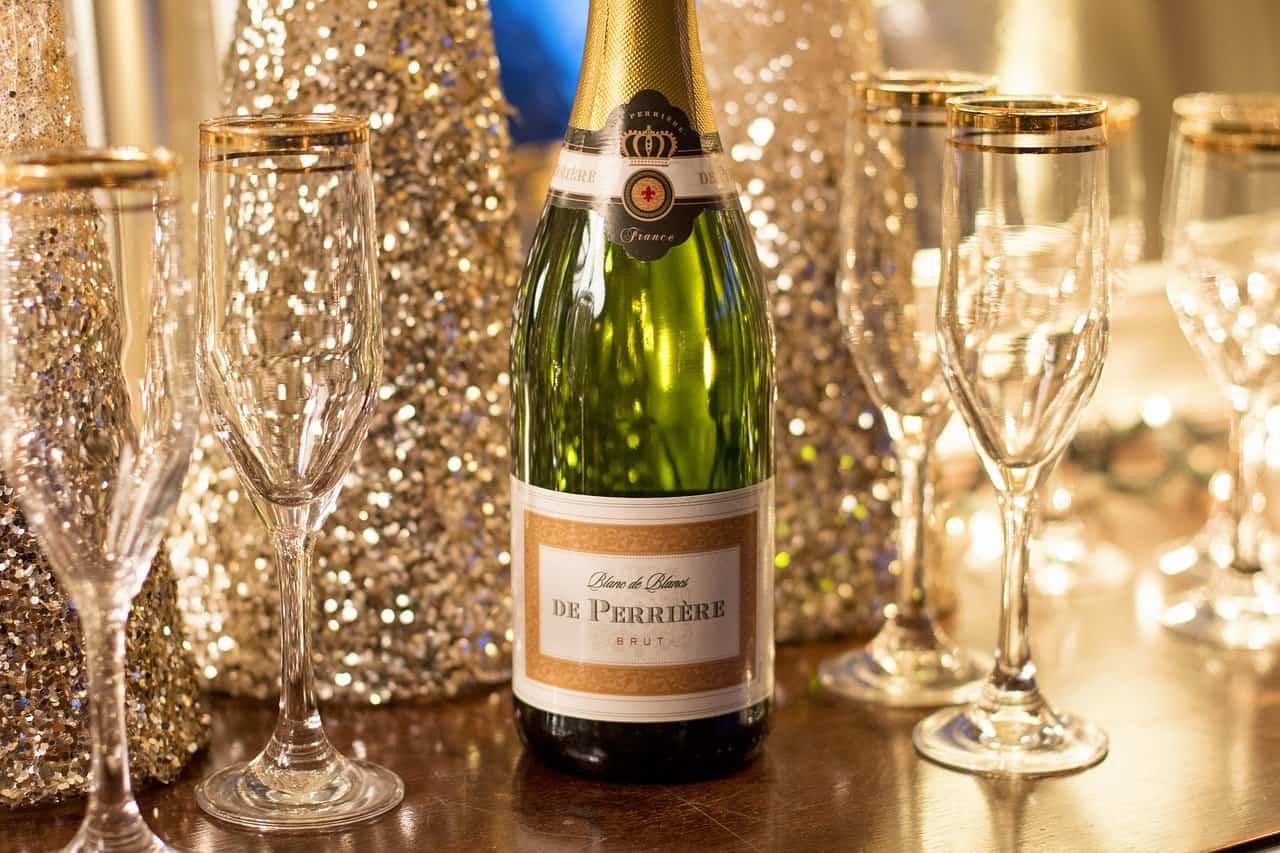
There is a term for the measurement of a grape’s sugar content when harvested.
This is referred to as Brix. Most grapes are harvested at between 21 – 25 Brix.
Cooked wine does not mean it was cooked.
This is a term used for wine that has been subjected to damage from heat during storage.
A bung is used to seal a bunghole.
This is an opening that is used to add and reduce wine in barrels.
A wine’s finish refers to its aftertaste.
This is considered the most important factor in terms of wine judging.
There is a proper way to hold a wine glass.
Hold the glass by its stem so that your hand does not affect the temperature of the wine.
Spitting is acceptable at wine tastings.
For some, this is a good indication between good and bad wine.
Wine bottles with animals on its label have a category.
These bottles are referred to as critter wine.
Women are more likely to incline towards the effect of wine rather than men.
This is due to them having fewer enzymes in their stomach that is needed to break down alcohol.
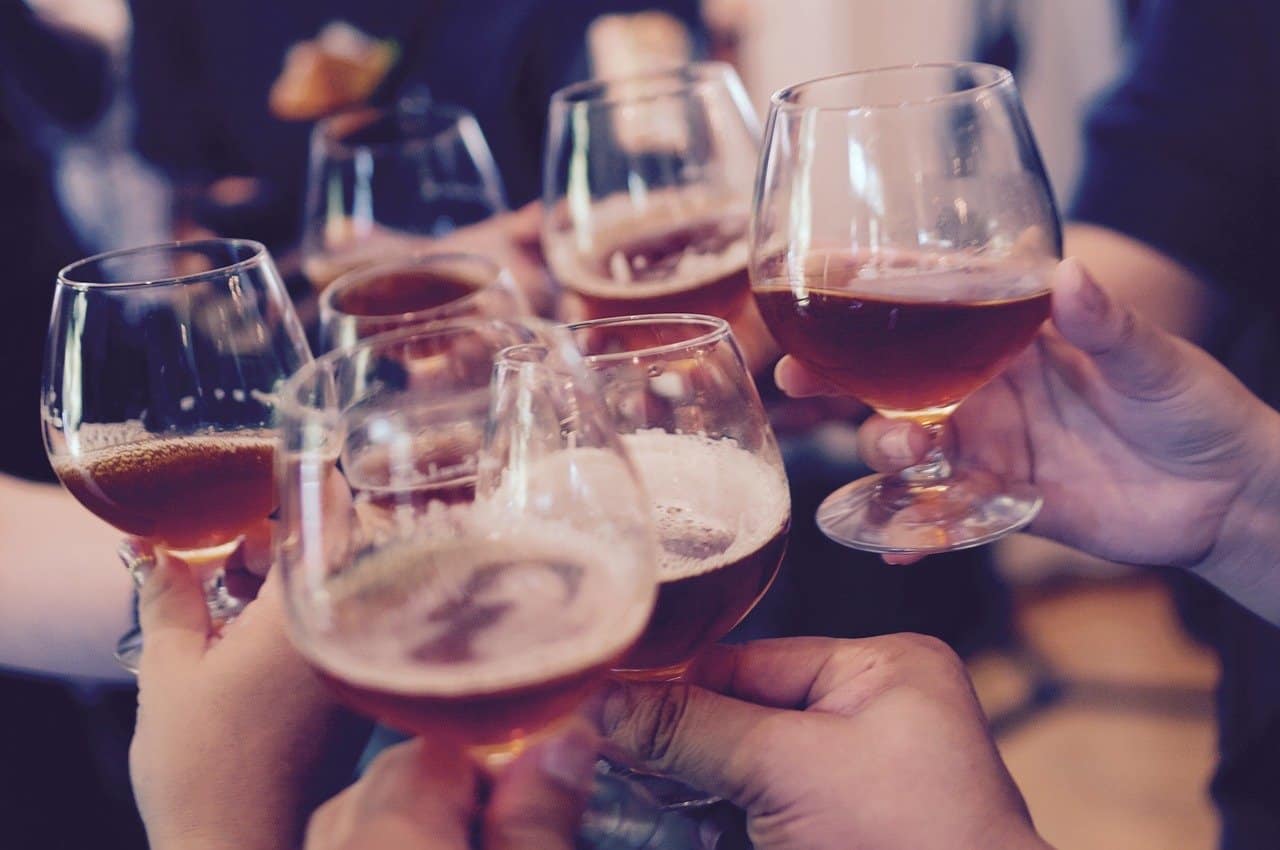
The Titanic held the world’s oldest known wine cellar.
It was discovered that most of the wine bottles were still intact after the wreckage.
Several organic compounds are found in wine.
Because of this, it is considered to have a more complex compound than that of blood serums.
You can get the same number of antioxidants in wine with juice.
This would require you to drink 20 glasses of apple juice.
California holds the 4th position in the most amount of wine produced in the world.
France, Italy, and Spain are above California in terms of wine production.
The oldest wine bottle can be found in Germany.
This wine dates before to AD 325 and can be found displayed in the Speyer historical museum.
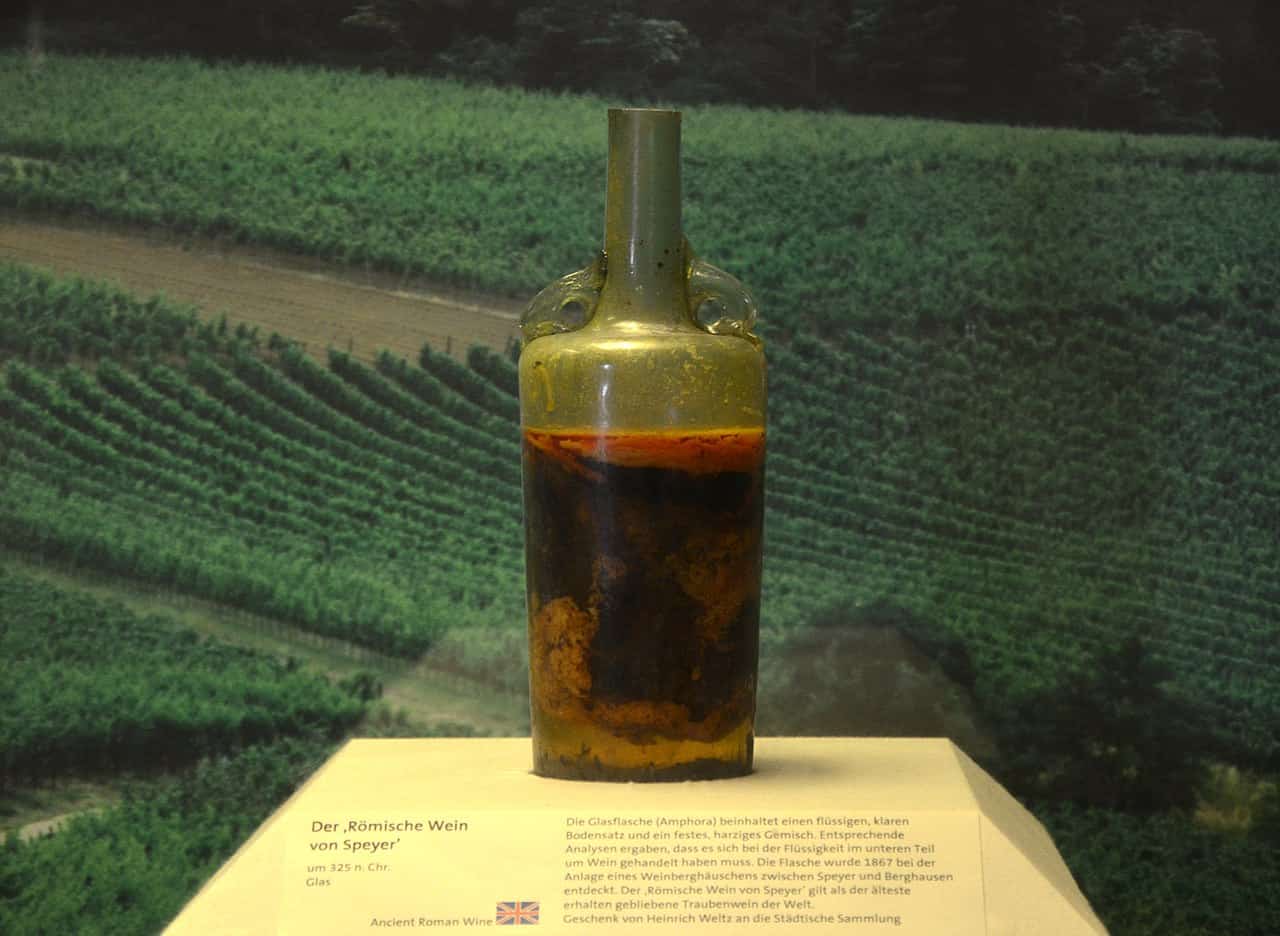
In early Roman times, if you catch your wife drinking wine, you are legally required to kill her.
This is because women were forbidden to drink wine during this era.
Hippocrates, the father of medicine, used wine for his recorded remedies.
Wine was used to treat fevers and treated as a general antiseptic.
Plonk refers to wine of bad quality.
Experts advise that these wines are to be avoided at all costs.
The study of wine is referred to as oenology.
This deals with the study of wine and the winemaking process.
Sense of taste is not the most important sense when it comes to wine tastings.
Your sense of smell is considered the most important.
Being able to store wine until maturity was considered as alchemy in ancient Egypt.
This was believed to be a privilege only available to pharaohs.
The custom of ‘Cheers’ came from old Rome.
Romans would put bread in their wines during toasts to ward of unwanted tastes.
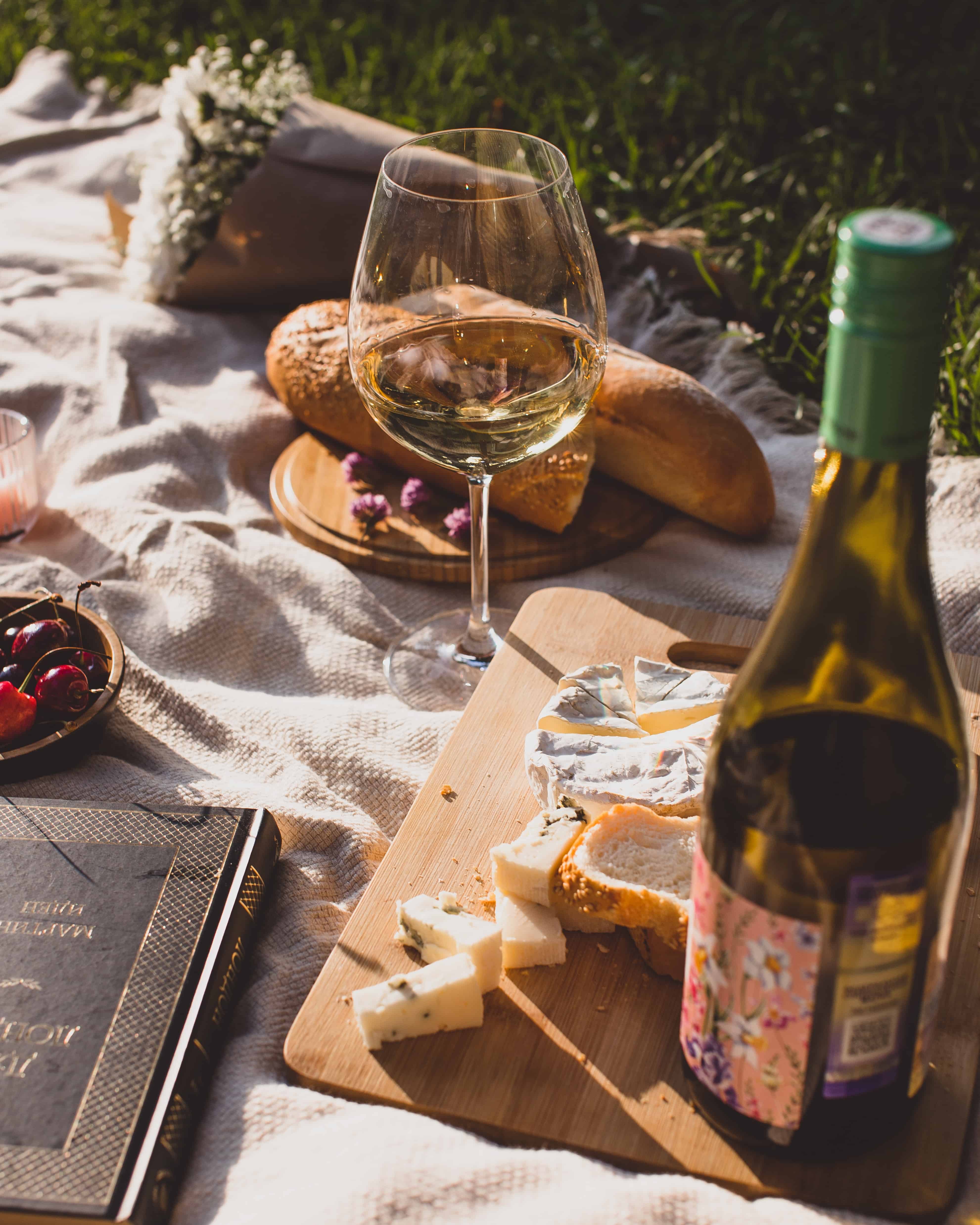
There are over 400 varieties of oak trees used for wine barrels.
The average age of these trees is around 170 years old.
Women from Australia drink two glasses of wine a day for a specific reason.
A survey stated that these women who drink enjoy sex more than those who do not drink at all.
Wine was toasted during the signing of the declaration of independence.
Specifically, they toasted to glasses of Madeira.
There is a term for people who talk about wines they will open but never do.
These people are referred to as a cork-tease.
Germans were the ones who invented the Eiswein.
This is a wine makes use of frozen grapes.
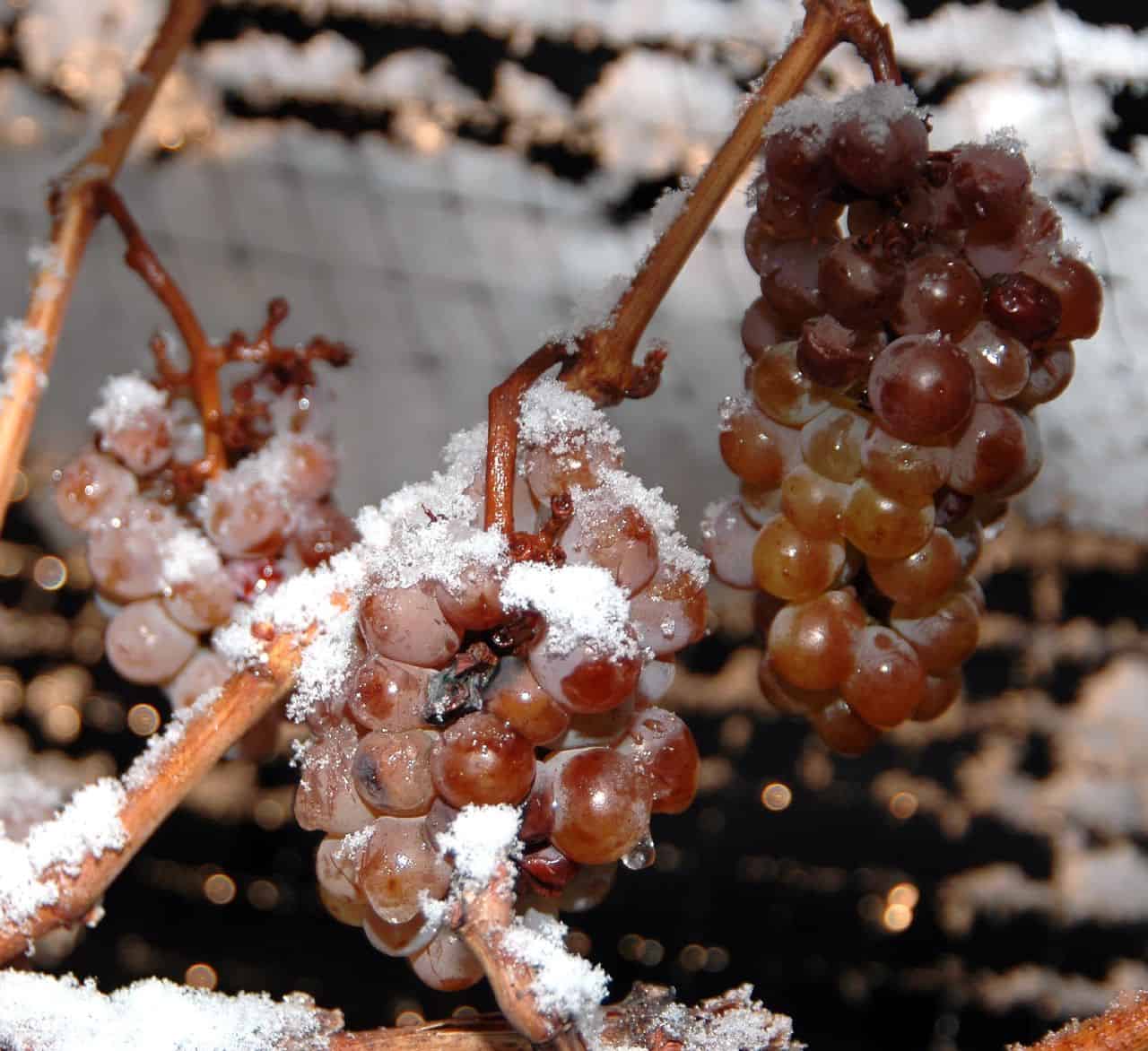
Wine spoils as soon as it is exposed to air.
The more wine is exposed to oxygen, it will turn your red wine into vinegar.
The Romans used to burn sulfur candles in wine bottles.
They discovered that doing this kept them fresh and free of any vinegar smell.
There is a medieval measurement term for the liquid volume of wine.
This is referred to as a butt.
About one cluster of grapes make up one glass of wine.
This is around a total of 75 grapes.
You can fit about 400 grapevines in one acre of land.
This results in about 5 tons of grapes in total.
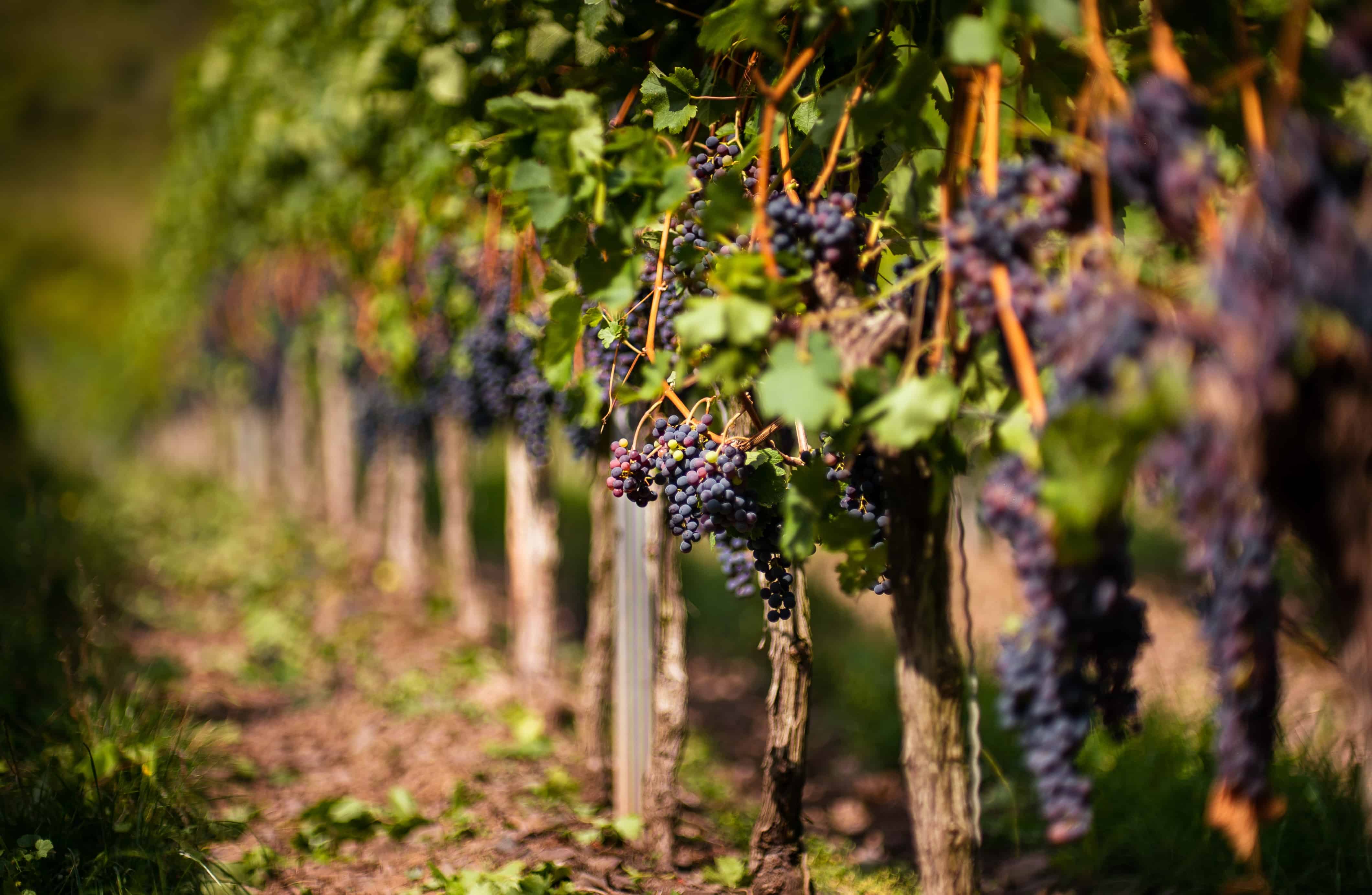
Regardless of its type or color, all wine is stored in the same temperature.
The only difference is the temperature of the wine when consumed.
One barrel contains about 59 gallons of wine.
This totals to around 295 bottles of wine.
Chilling tones down the sweetness of the wine.
A red wine loses its fruitiness when it becomes too warm.
Was this page helpful?
Our commitment to delivering trustworthy and engaging content is at the heart of what we do. Each fact on our site is contributed by real users like you, bringing a wealth of diverse insights and information. To ensure the highest standards of accuracy and reliability, our dedicated editors meticulously review each submission. This process guarantees that the facts we share are not only fascinating but also credible. Trust in our commitment to quality and authenticity as you explore and learn with us.
